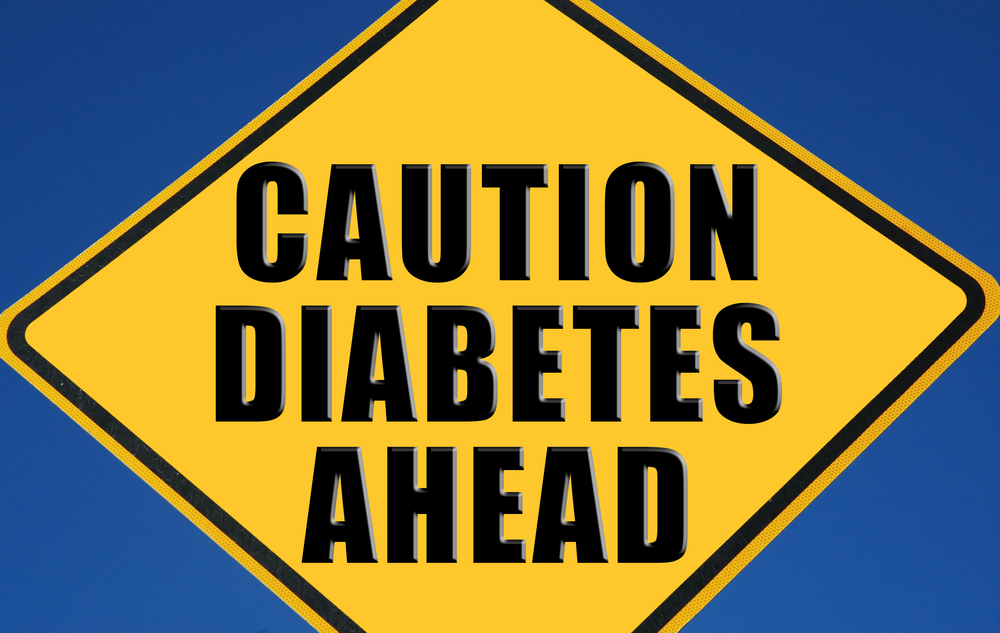Diabetes is a very common illness. According to the latest data compiled in 2012, it affects 29 million Americans (1). On average, diabetes cost the United States 245 billion dollars in 2012 alone and this number seems to only be steadily increasing (2). But where does diabetes come from and how does it form? It begins with prediabetes and, unknown to many, it is completely reversible.
What is prediabetes?
Prediabetes is a condition where your blood sugar is higher than normal but not considered to be in the diabetic range. A great way to test your blood sugar is called A1c. This is your average blood sugar over a span of 3 months. Blood sugar readings should be taken in the mornings before you eat. However, tests for blood sugars are more accurate when fasting (3).
What blood sugar values would I expect to see if I am prediabetic?
The normal value for A1c is less than 5.6. A range between 5.7 to 6.4 is considered prediabetic. The normal blood sugar is from 70 to 99. Readings from 100 to 125 are considered prediabetic (4).
What are the signs of prediabetes?
The first sign is the most well-known – an increase in thirst. There is also an increase in urination. Additionally, high blood sugar affects the eyes, causing blurry vision or changes to your overall vision. High blood sugar can also affect circulation and soon lead to circulation problems. Because of the poor circulation, there is also poor wound healing because nutrients cannot get to the wound to heal it. There may also be other signs of poor circulation such as cold feet or purple or dark toes/ skin. Diabetes also causes weight changes, usually weight gain. In addition to these signs, fatigue is a red flag. These are the most common signs however, if you have any new health complaints, it’s best to get checked out by a health care professional immediately (5).
What causes prediabetes?
Prediabetes occurs when the body stops listening to insulin and blood sugar rises. This can be caused by eating too much sugar, being overweight, being under chronic stress and even as a side effect of certain drugs (6).
How to can I treat prediabetes?
1. Diet changes: work with a qualified nutritionist to determine the best ways to change your diet.
2. Being regularly exercising.
3. Work on reducing stress. This can be done by taking adrenal support.
4. Take a supplement for blood sugar: there are many supplements for prediabetes. It really is best to work with a nutritionist to determine which supplements would be best for you. If you take too many supplements at once, your blood sugar can drop very low. If you take too few, they will not be an effective treatment.
Minerals that help to lower blood sugar include: chromium, magnesium and vandium. Chromium has been found to normalize both fasting blood sugar and A1c (7). Magnesium has been found to help the body become sensitive to insulin (8). Vadium sensitizes the body to insulin and normalizes fasting blood sugar and A1c (9).
Other nutrients that are very helpful in addressing prediabetes include Alpha lipoic acid. ALA along with antioxidants such as coq10, vitamins C, E, l-carnosine and lutein can help to normalize fasting blood sugar when paired with Alc. These nutrients also help to protect the body from damage caused by having high blood sugar. This damage can include anything from kidney problems to eye disorders and nerve pain caused by neuropathy.
Spices, as well as herbs and healthy fats are also very helpful. These include: cinnamon, Banaba and fenugreek, Gymnema, ground flax seed and bitter melon. Coconut oil is also very good for helping to prevent belly fat which can increase blood sugar. (11)
There are many ways to address blood sugar concerns. It is always best to work with a practitioner regarding all of your health concerns.
View sources and references by clicking here!



